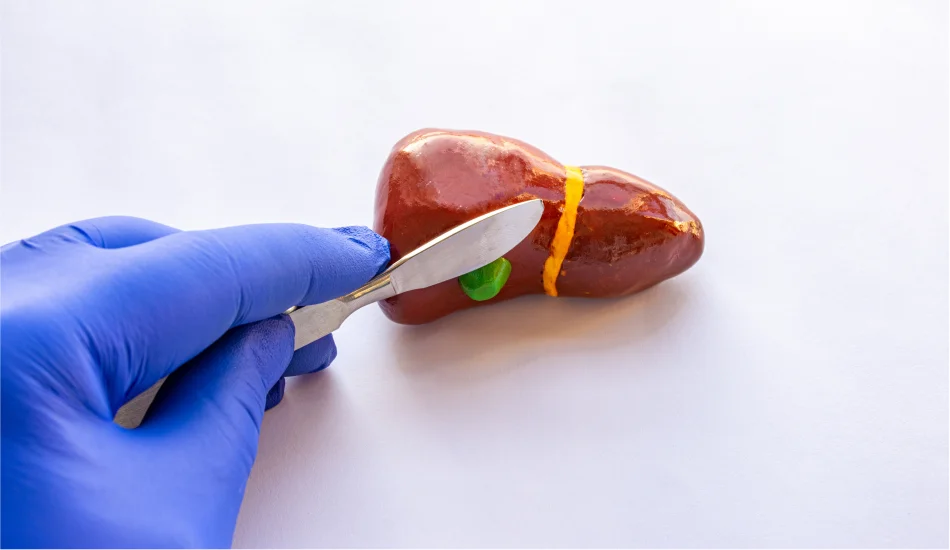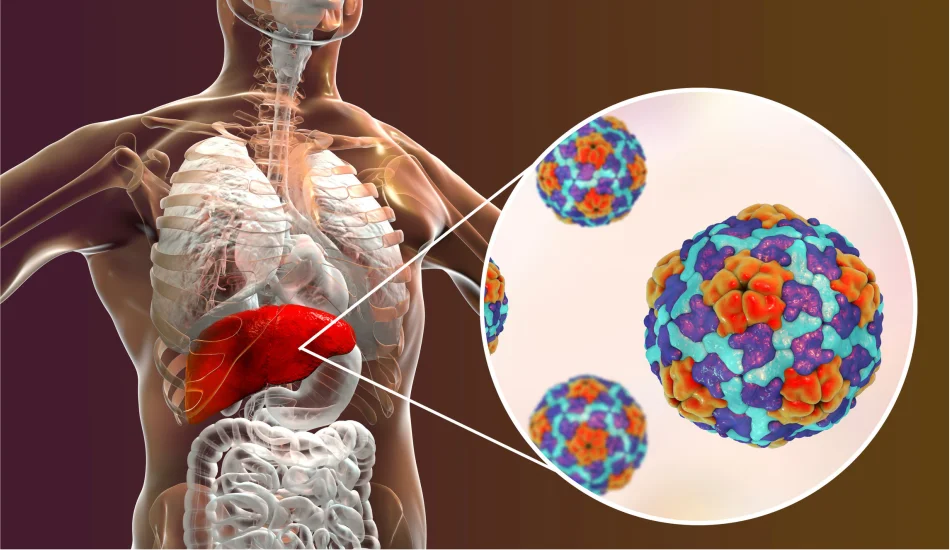
Laparoscopic Cholecystectomy can be described as a minimally surgical procedure that is that removes the gallbladder. It is a small organ beneath the liver, which stores the bile. This procedure is usually used to treat gallstones as well as other gallbladder related issues. With less scarring, faster recovery, and less suffering compared to open surgeries and laparoscopic cholecystectomy, it is the preferred choice to eliminate gallbladders. In this article we’ll take an in-depth review of the procedures involved in a laparoscopic cholecystectomy from pre-surgery preparation to post-surgery treatment.
What exactly is Laparoscopic Cholecystectomy?
Laparoscopic cholecystectomy is the procedure of removing of the gallbladder using tiny incisions made using a laparoscope – a small, flexible device fitted with a camera as well as surgical instruments. This technique allows the surgeon to perform surgery precisely while minimizing damage to the tissues surrounding.
The preparation for the Surgery
The preparation is essential to ensure the success of laparoscopic cholecystectomy. The steps are as follows:
- Medical Examination An extensive medical evaluation, including blood tests as well as images studies (such such as ultrasounds or CT scans) as well as a detailed examination the medical background of you will ensure that you’re a good person for this procedure.
- Fasting It is necessary be fasting for a certain time before the procedure, usually starting at night prior to. This will ensure that you have an empty stomach prior to the procedure, which will reduce the chance of complications.
- Med Review Certain medications might require adjustment or stopped temporarily prior to the procedure. Your doctor will give you specific guidelines regarding diabetic blood thinners medication and other medications.
Step-by-Step Method of Laparoscopic Cholecystectomy
Knowing the steps involved will reduce anxiety and help you prepare to go through the process:
- Anesthesia Administration
-
- General anesthesia The procedure starts by administering general anesthesia. This will ensure you’re asleep and free of pain throughout the process.
- Making the Incisions
-
- Small incisions The surgeon creates four tiny incisions on the abdomen. These incisions typically are smaller than 1/8 inch and are carefully placed in order to minimize the scarring.
- Trocar Injection A trocar an instrument for surgery that is specially designed can be inserted into any incision to provide access points for the laparoscope as well as other instruments. Trocars function as ports where surgical instruments are able to pass.
- The inflating of the Abdomen
-
- Carbon Dioxide Insufflation The carbon dioxide gas used in this procedure is utilized to expand the abdomen, resulting in the space needed for surgery and improving visibility for surgeons. This procedure helps to in lifting the abdominal wall from internal organs, giving an improved view and space to move around.
- Inserting the Laparoscope
-
- Camera Positioning Laparoscopes is equipped with a high-definition camera, is placed through an trocar. The camera broadcasts images onto the monitor, allowing the surgeon to look inside the abdomen, and navigate the surgical site with the utmost precision.
- The Gallbladder
-
- The Gallbladder The surgeon takes care to recognize the gallbladder and the adjacent structures, which include the cystic duct and the cystic artery. The correct visualization is vital in order to prevent damage to the surrounding organs as well as tissues.
- Dissection Utilizing specialized instruments that are inserted into the trocars that are not in use The surgeon takes care to carefully cut the gallbladder, separating it from the liver as well as other tissues. This requires careful cutting and dissection to ensure a precise removal.
- Cutting and Clipping
-
- Cystic Artery and Duct Cystic Duct (which is a conduit for bile to the gallbladder) and the cystic artery (which provides liquid into the gallbladder) are clipped with surgical clips to avoid bleeding and leakage of bile. The clips are designed to remain in place for the duration of time.
- Cutting the Connections The the artery and duct are then cut and the surgeon can unblock the gallbladder completely its connections.
- Removal of the Gallbladder
-
- Extraction The gallbladder is carefully removed via one of the cuts which is usually the biggest with a bag for retrieval to prevent the spilling of stones or bile to the stomach cavity. The bag that is used to retrieve the gallbladder ensures any possible contaminants are kept in the.
- Examining the Surgical Area
-
- Final Exam The surgeon will conduct an exhaustive examination of the surgical site to ensure that there isn’t bleeding, leakage of bile, or any other problems. Any adjustments that are required or any additional steps are made during this time to deal with any potential complications that could be arising.
- closing the incisions
-
- Deflating the abdomen Carbon dioxide is released and the abdomen can get back the size it was before.
- Suturing Small incisions are closed using sutures or staples for surgical use or adhesive bandages put on. Certain surgeons may employ sutures that are absorbable and do not need to be removed.
Post-surgery Treatment and Recovery
Laparoscopic cholecystectomy recovery is generally simple and quick. What you can expect:
- Hotel Stay
-
- A Short-Term Stay The majority of patients are able to be discharged on the same day or day following surgery, contingent on their healing and any potential issues. In certain instances the need for a longer stay in hospital might be necessary in the event of complications or in the event that the patient’s overall health requires more frequent care.
- Pain Management
-
- Medicines pain can be moderate to mild, and can be controlled by prescription or over-the-counter painkillers. Your physician will provide instructions regarding which medication to be taking and the frequency at which they should be taken.
- Discomfort A little discomfort due to the gas and incisions during surgery is normal and generally subsides after a couple of days. Walking and moderate exercise can ease the discomfort.
- Food and Activity
-
- Slow Return To Activity Patients are encouraged to walk around and do moderate activities immediately following surgery to speed up healing and avoid complications such as blood clots. Avoid vigorous activities and heavy lifting for a few weeks.
- Diet the gradual return to a regular diet is suggested, beginning with light, digestible food items. There are many reasons to notice digestive issues like loose stools or bloating for a few weeks following surgery. Your doctor can provide diet guidelines to ease the symptoms.
- Follow-Up
-
- Doctor’s Visit with the doctor A follow-up appointment is usually scheduled about a week or so following surgery to check the progress of healing and to remove staples or sutures should they be required. During this appointment your doctor will look for any signs of infection, review the progress of healing and answer any questions you might have.
Potentially Linked Problems
While laparoscopic cholecystectomy generally safe, you must be aware of possible complications:
- Infection The signs of infection are swelling, redness and drainage from the sites of incision. It is imperative to seek medical attention immediately when these signs appear.
- Bile Leak: Sometimes, bile leaks from bile ducts to the abdomen. Signs of this include abdominal pain as well as nausea and fever. Medical intervention is urgently needed.
- Bleeding Internal bleeding could occur, which requires surgical intervention to fix the problem.
- Damage to the Organs Around It There is a slight possibility of injury to adjacent organs, like the liver or intestines in the course of the procedure.
Conclusion
Laparoscopic Cholecystectomy is a secure and effective procedure that has high rates of success and a fairly quick recovery time. If you are aware of the procedures involved and adhering to the post-surgery instructions for care patients can expect an easy recovery and significantly improved health. If you or someone else in your family are considering this procedure, talk to your physician to discuss the options available and plan for a positive result.



